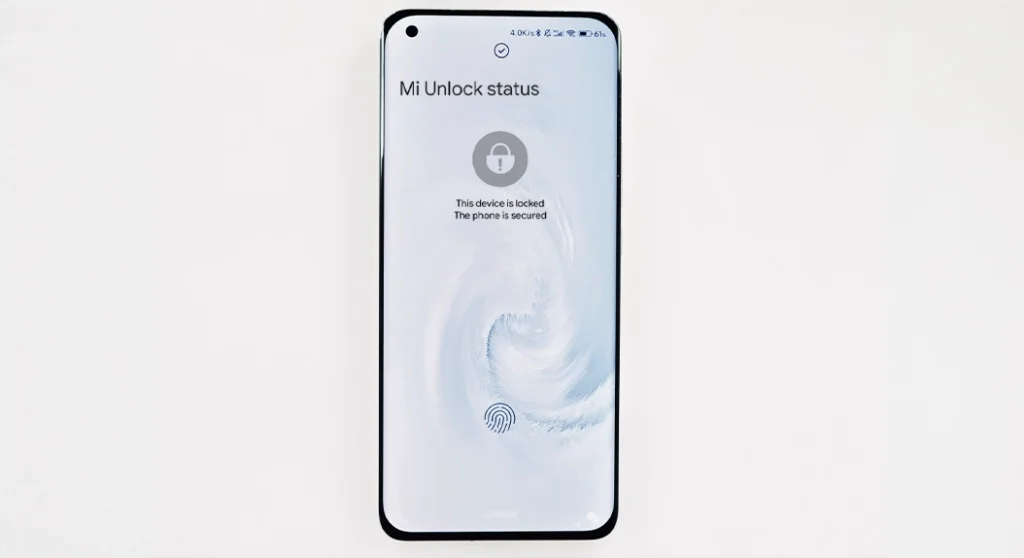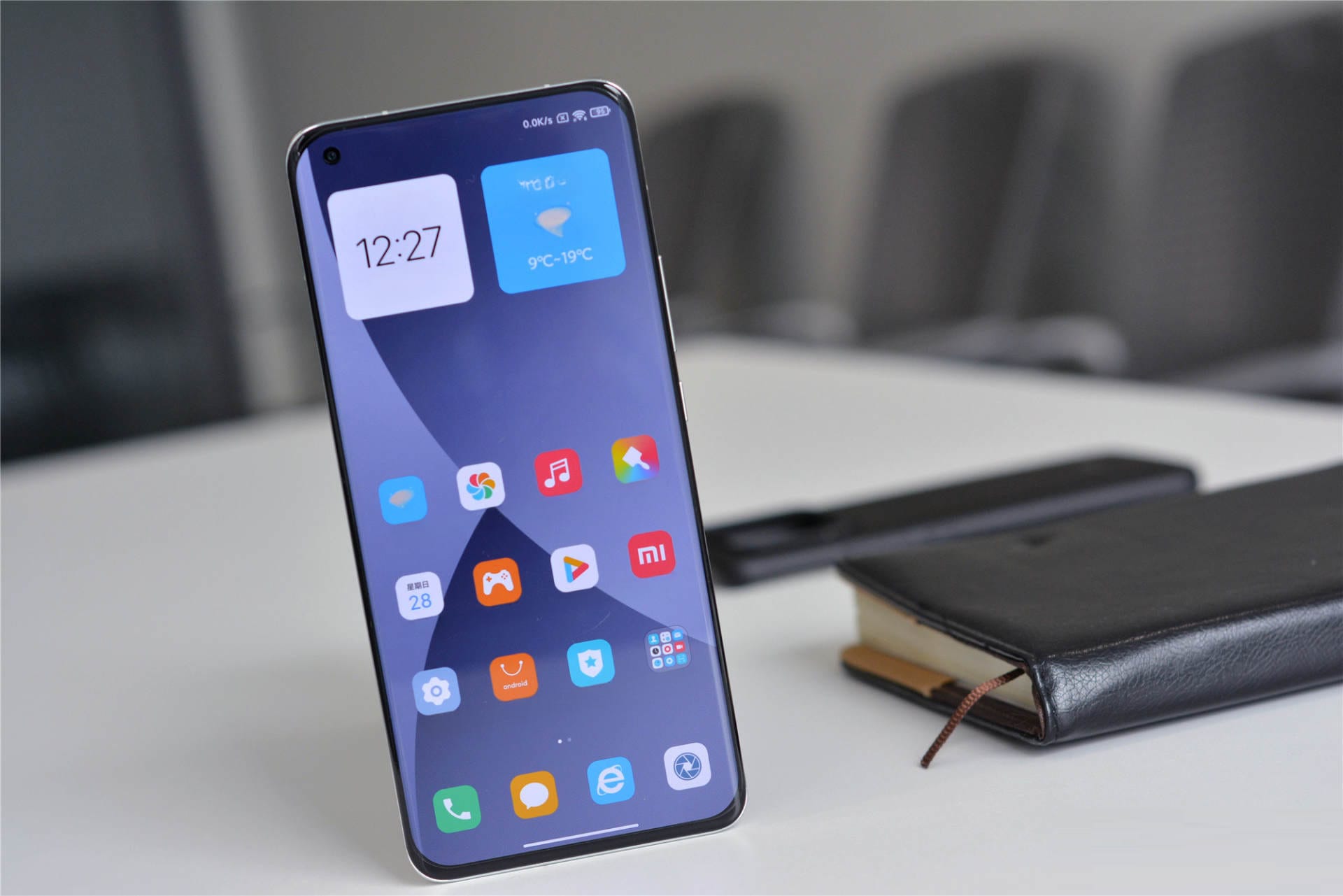Unlocking the bootloader of a Xiaomi device provides maximum freedom to users in terms of total control of the device at an advanced level: installing custom ROMs and root access. This could, however, be without occurring risks or resulting consequences. Most users may not know the damage that might arise from the process of unlocking the device bootloader of their Xiaomi device. Among the problems is halting Over-The-Air updates, among many others.
Loss of OTA Updates
And one of the first changes – the thing that every user notices right away – is the absence of automatic OTA updates. Xiaomi, like many other manufacturers, requires that the bootloader should be locked to receive and apply OTA updates right out of the box from the company. This is enacted as a security measure: the updates themselves are not tempered with and apply to devices that hold a known good state.
Upon unlocking the bootloader, you change the fundamental security status of the device. The system Xiaomi itself assumes this, and the service, as a result, stops giving out OTAs because a potentially compromised device can be a significant security issue for the software.
Implications in Case of Losing OTA Updates
- Security Vulnerabilities: OTA system updates frequently include serious security and critical patches. Without these, your device becomes more vulnerable to the latest exploits and malware.
- Missing Out Features: OTA updates may come with updated or new features and better devices. Otherwise, you would be missing out on better-ups that may better your user experience.
- Manual Updates Required: The requirement for you to manually download and then update it is one way to keep current has been made a bit unwieldy. It is more complicated and laborious to do this than to have them updated automatically.
Warranty and Support Issues
As a rule, it is unlocking the bootloader results in voiding the warranty imposed on the device by manufacturers. Xiaomi, as well as other vendors, treats unlocking the bootloader as a kind of violation that might cause instability or security-related problems. That allows for keeping the risks of hardware or software problems after applying an unlock. Xiaomi can refuse service for your device under the warranty.
Security Risks
Unlocking the bootloader can compromise the security of your device to the following effects:
- Directly Subjected to Malware: Having an unlocked bootloader, the tendency for the device to be affected by malware raises higher, particularly if you install software from untrusted sources.
- Data integrity: The data maintained on the device may be manipulated. The malicious entities may tamper with the operating system or install keyloggers and other mechanisms to track the activities.
- Compromised Device Protection: Features such as factory reset protection and encryption lose reliability in devices with unlocked bootloaders. This leads to an easier data compromise if and when the device is lost or stolen.
Performance and Stability Issues
Custom ROMs and mods may bring new features and enhancements, but they may also add new bugs and instability.
- Unstable Software: Not all the customized ROMs turn out to be stable; sometimes, one may come across bugs that can lead to crashing, draining of batteries, and even, in some cases, bricking of the device.
- Compatibility Issues: Some apps and features may not work correctly on a modified device. Affected things range from payment apps that need security checks to the fundamental things like calling and messaging.
While unlocking the bootloader on your Xiaomi device gives enhanced control and customization, the downsides are significant. The most minor benefit is that you lose the ability to receive OTA updates at least until you re-lock the bootloader. But for most people, the gains that accrue from all of the above are well worth the risks of no warranty issues, no security risks, and no evolved stability issues with performance. Yes, you need to balance if the gains from all the above actions are worth the risk of warranty issues, potential increased risks to security, and potential performance instabilities. Always consider if the gains of unlocking outweigh these significant concerns.


 Emir Bardakçı
Emir Bardakçı



Redmi note 13 not good Mobile not secret call recording bed Mobile phone
Please help us update to System 14, please and thank you
Enter finger print settings and then tap security and then you will see update, security or Google play
That’s a good idea.
I unlocked bootloader for RN5 and RN7 and use them seamlessly without noticing any issue. I also receives OTA updates steady, so I don’t of your narrative only applies to higher models
I cannot open my phone redmi note 11 instead to oen it is fermented it and now now way to oen with the password that i have or the password build in it help me or i need to buy a new one fast!! I need the phone urgently (i am sick man)
Xiaomi civi 3 global ROM When will it come out?
Lies.
This article was written by a paid Xiaomi agent
I have redmi note 13 pro plus global version but still I didn’t get hyper os update please help me how to get hyper os update for my phone
Dude its not you bisnes. we buy you produc, you going to ricb.. we buy and ubl+c.rom=hardbrick. we repeat again from fjrst step. You won’t lose, we’ll lose because we’ll have to repair the device or buy a new one from your company too. You idiot. 🖕🖕🖕🖕